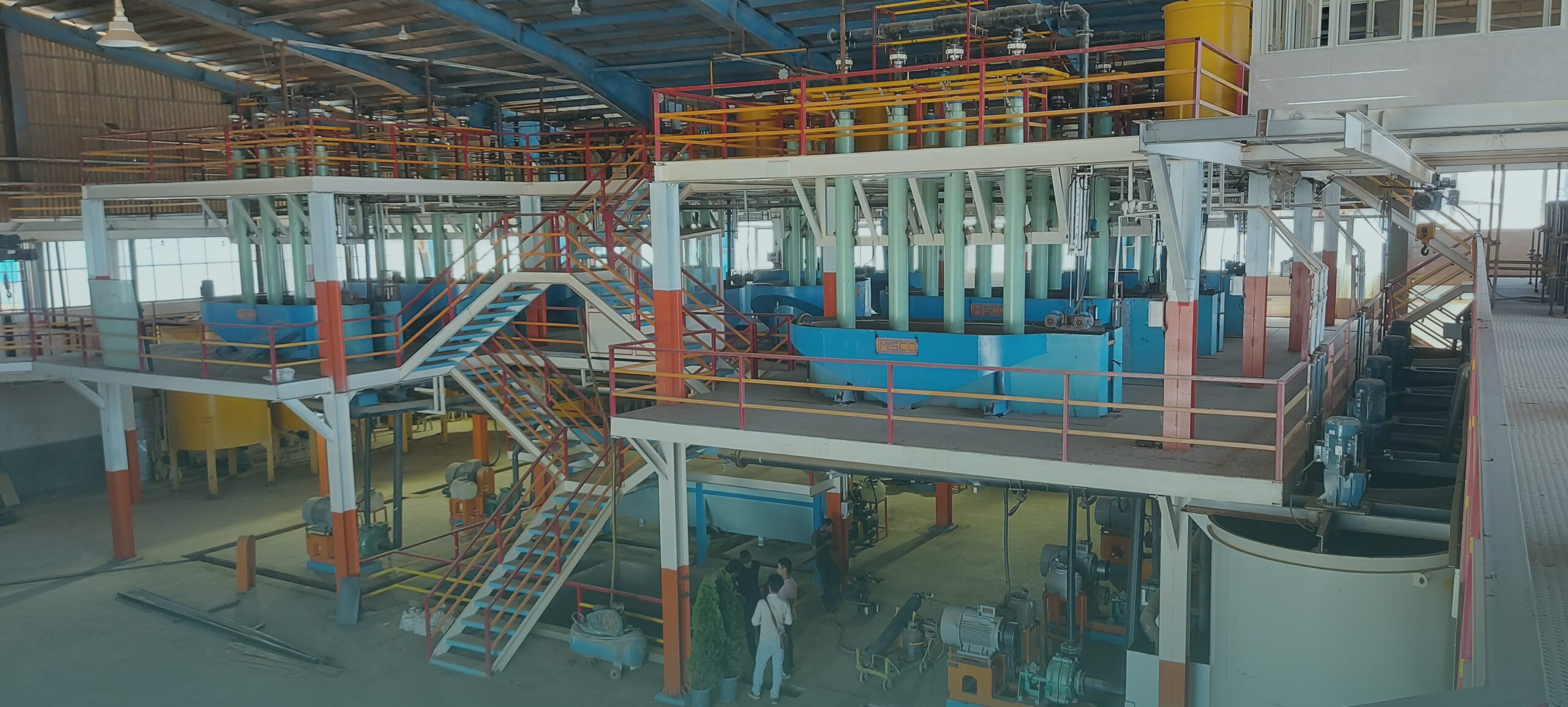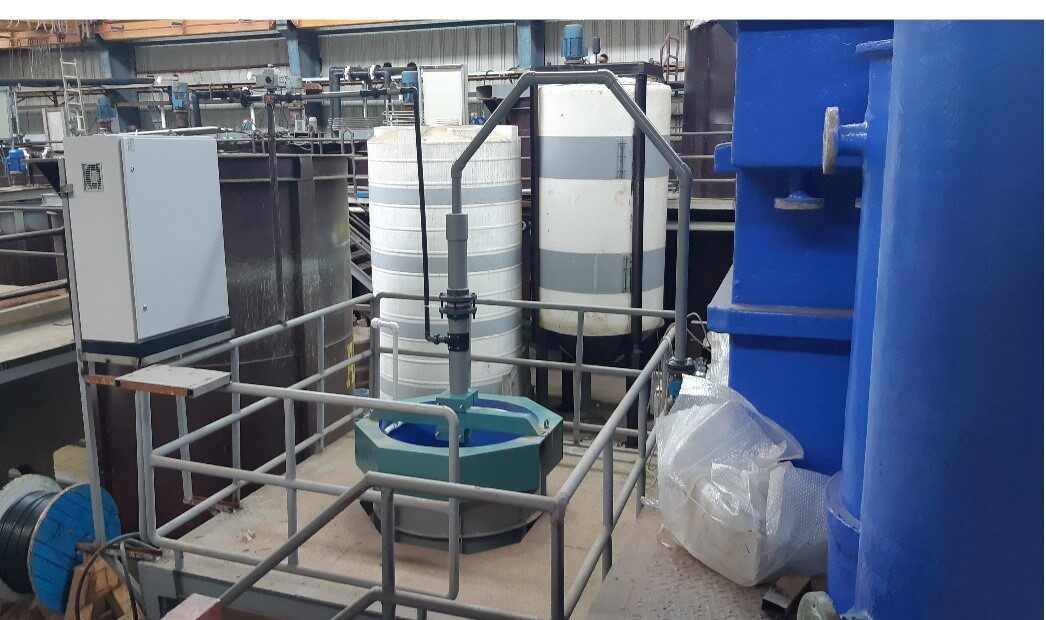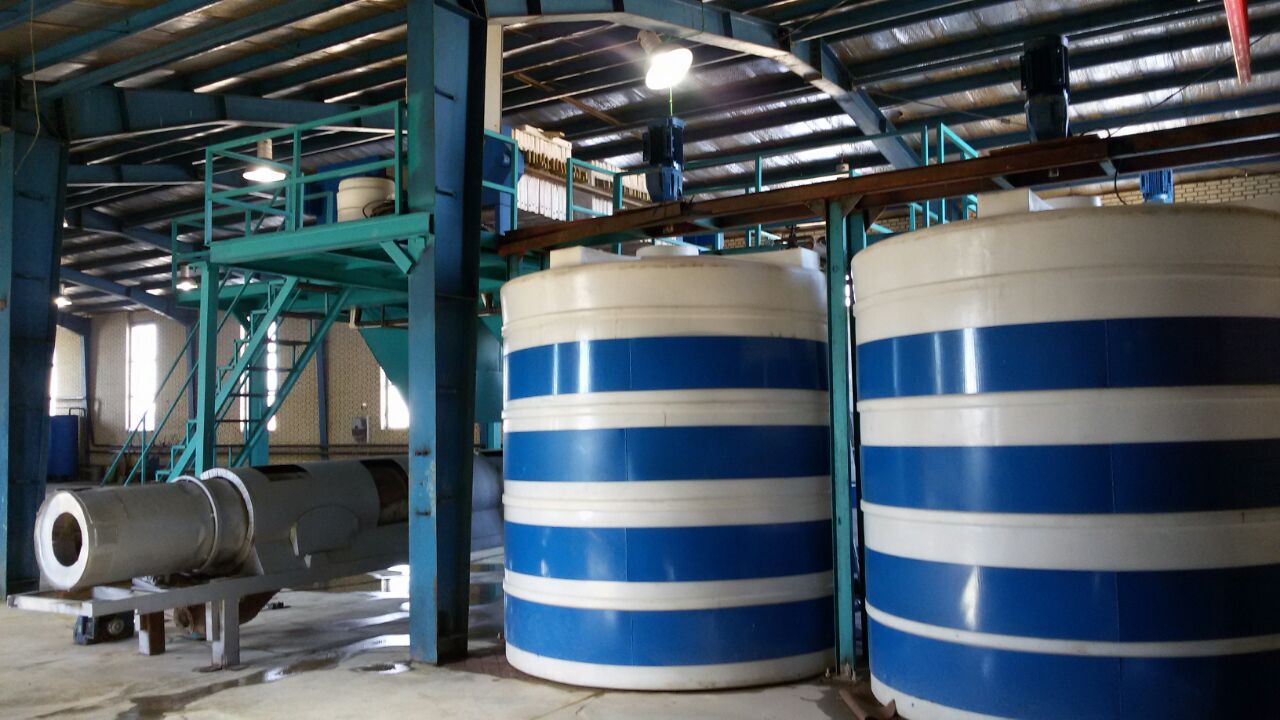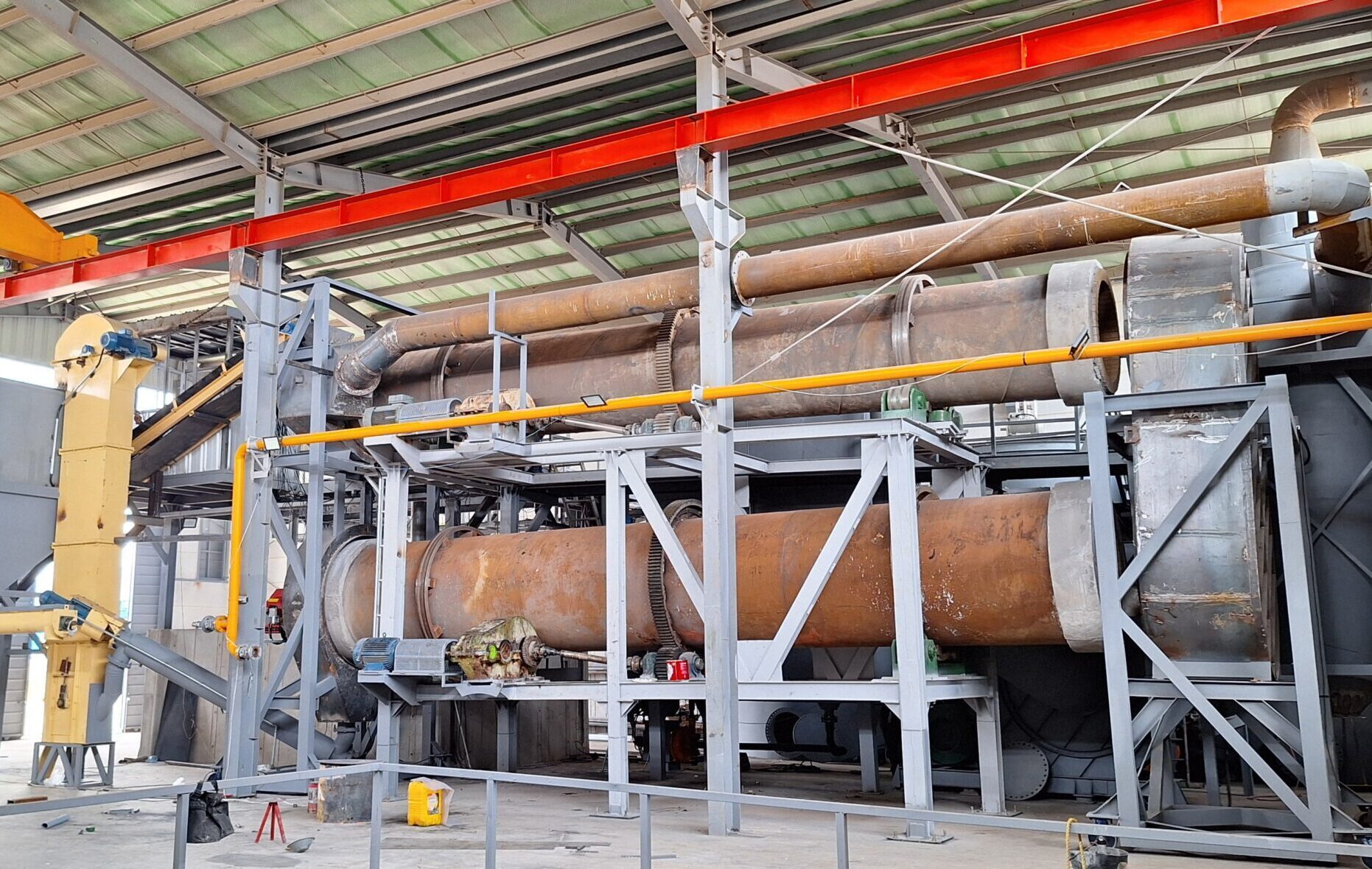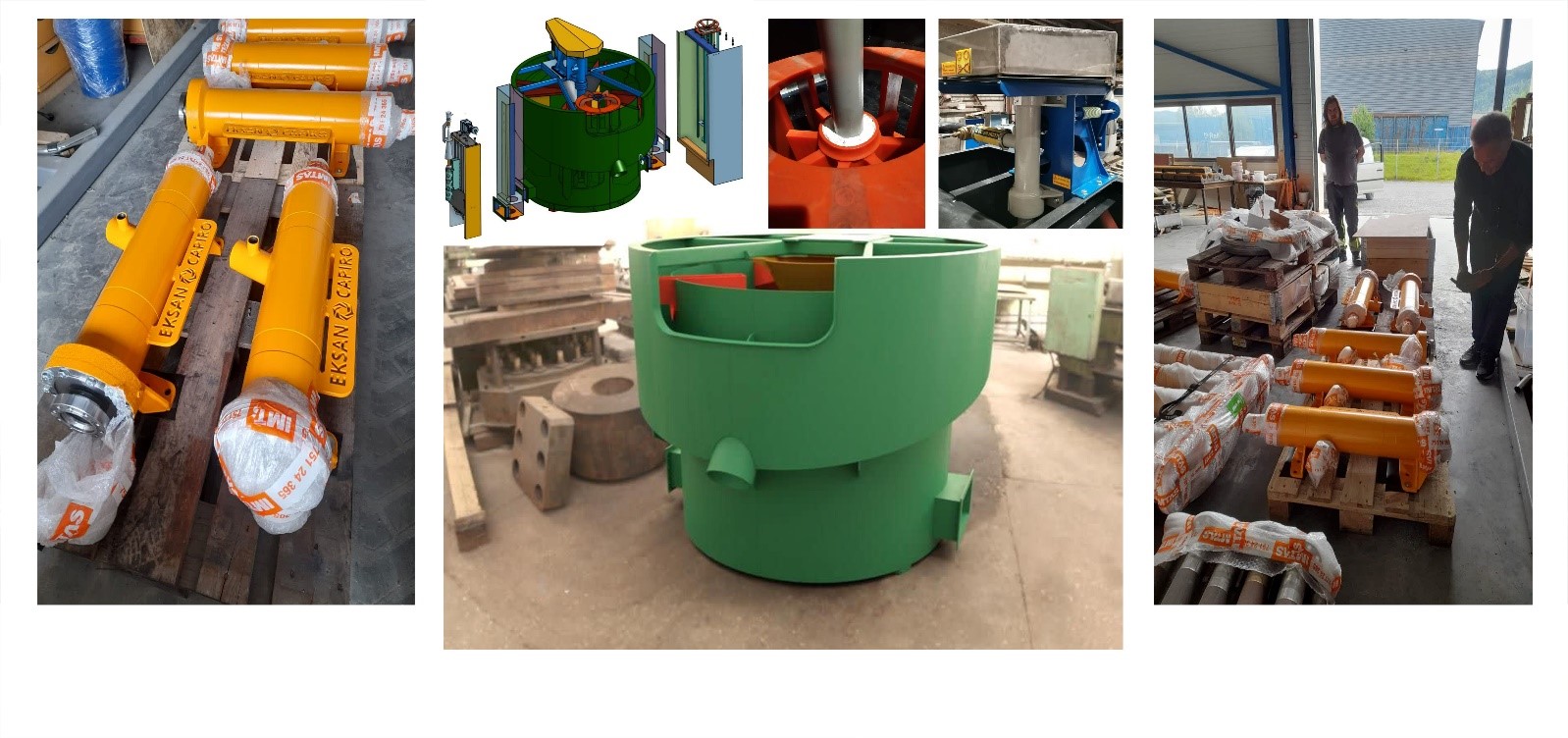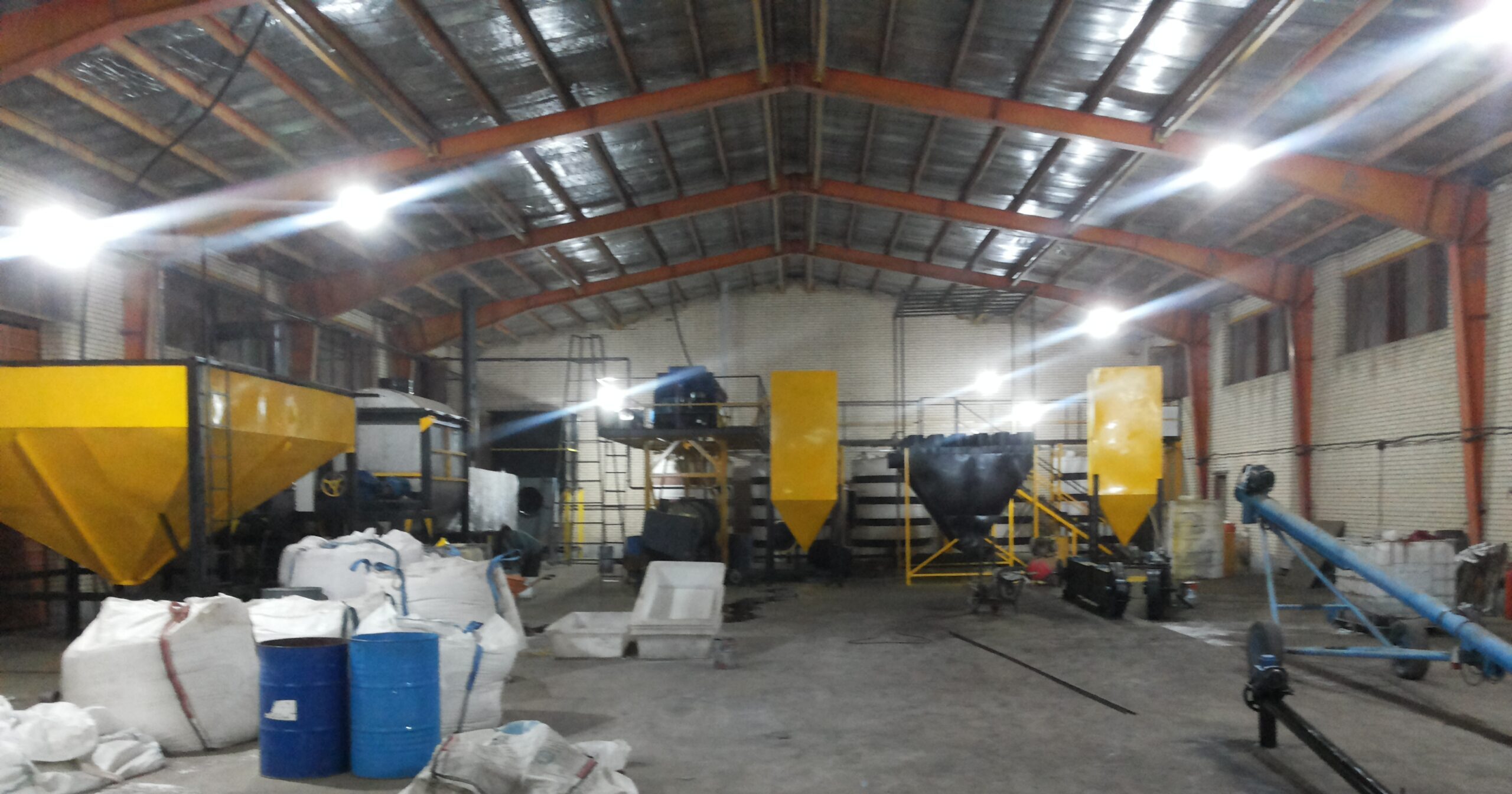Diagnostic leaching, leveraging hydrometallurgical principles, is capable of assaying gold contained in various phases of the parent ore. The objective of diagnostic leaching is to determine the amount of gold present in each phase. There are various standards globally for diagnostic leaching, and one of the prevalent standards in Iran is the subject of our discussion.
Diagnostic Leaching Method
Stage One: In the first stage of diagnostic leaching, the gold-bearing mineral sample is ground using specialized crushing and milling equipment to a size of 45 microns. This ground material is then subjected to cyanide leaching (Stage 1) using a mixture of distilled water, sodium cyanide, and a pH regulator for 24 hours at ambient temperature, followed by filtration. Unlike standard cyanide leaching, the residual solids on the filter are not discarded but are retained for subsequent stages. Therefore, after filtration, the solid material is collected for further acidic digestion in the next stage.
Stage Two: In this stage, Acid Digestion 1 is performed using HCl. The solid residue from the initial cyanidation is treated with 12% HCl for 8 hours at a controlled temperature of 60°C. Hydrochloric acid dissolves minerals such as calcite, dolomite, galena, pyrrhotite, hematite, and goethite, thereby making gold associated with these minerals available for further analysis. The solution is then filtered, and the solid material on the filter is separated.
After separating the solid residue, it is subjected to cyanide leaching (Stage 2) for 24 hours at ambient temperature under suitable conditions. The difference between the gold assay results from cyanidation stages 1 and 2 indicates the amount of gold associated with calcite, dolomite, galena, pyrrhotite, hematite, and goethite that was liberated in this stage. The remaining solid on the filter from this stage is then collected.
Stage Three: The solid obtained from the filter of cyanide leaching Stage 2 is subjected to digestion with 48% sulfuric acid (Acid Digestion 3) at 80°C for 5 hours to ensure complete processing. Sulfuric acid (H₂SO₄) dissolves sphalerite, unstable pyrite, and copper and zinc sulfides, thereby releasing gold that is associated with these minerals. After completing this process, filtration is performed, and as in previous stages, the remaining solid on the filter is separated and prepared for cyanide leaching Stage 3.
Cyanide leaching Stage 3 is carried out under the same conditions as the previous stages, and the remaining residue from filtration is separated and prepared for the next stage. The difference between the gold assay results from cyanidation stages 2 and 3 reflects the amount of gold associated with sphalerite, unstable pyrite, and copper and zinc sulfides.
Stage Four: In this stage, Acid Digestion 3 is performed using nitric acid. The solid materials obtained from the filter of cyanidation Stage 3 are dissolved in 33% HNO₃ at 60°C for 6 hours. Nitric acid digests minerals such as pyrite, marcasite, and arsenopyrite, thereby creating an accessible surface for the gold associated with these minerals to form cyanide complexes. The solution is then filtered again, and the solid materials on the filter are separated.
After separating the solid residue, it is subjected to cyanidation Stage 4 for 24 hours at ambient temperature under suitable conditions. This allows the gold released from pyrite, marcasite, and arsenopyrite to be dissolved in cyanidation Stage 4. The difference in gold assays between cyanidation Stages 3 and 4 indicates the amount of gold associated with pyrite, marcasite, and arsenopyrite. The remaining solid on the filter at this stage is separated.
Stage Five: This stage is considered the final stage of diagnostic digestion. In this stage, the remaining solid from cyanidation Stage 4 is dissolved in 20% hydrofluoric acid (Acid Digestion 4) at ambient temperature for 6 hours, and then filtered.
The solid on the filter is separated to undergo cyanidation. Cyanidation is then performed using the parameters of the previous stages. Hydrofluoric acid (HF) is capable of digesting silicates, thereby dissolving the gold present in the silicate phase.


